|
Segregation, provocative marches and murals, relative deprivation and not a lot of brown people. You'd think I would have hated my time in Belfast, but I didn't. It's probably the most interesting city in the UK - and yes that includes London. Not for the landmarks it has, or the things you can do - but to study and understand the effects of two groups of people who live in close proximity but who couldn't be more different in their world views. You can read my in depth review of Belfast here, but below are the 5 things I loved about Belfast. 5. The nightlife in the Cathedral QuarterGiven I visited Belfast for a friends stag party, it's not surprising that we spent a lot of time in the Cathedral Quarter. It's the part of Belfast where a lot of money is being spent on redevelopment, and it's already paying dividends, although it remains a relatively gritty neighbourhood compared to the nightlife centres in other cities. Small narrow alleyways connect different restaurants, bars and clubs. During the day, the impressive St. Anne's Cathedral and the Albert Memorial Clock dominate the area, while in the night groups of people snake their way through the streets enjoying their evenings, music blaring out of different establishment and people sprawling out of doors onto pavements. This is the heart beat of the city. 4. Walking through the Titanic QuarterIf I could live in one part of Belfast, this would probably be it. Unlike the gritty, narrow and historical Cathedral Quarter, this is modern, clean and open. Incredible vistas across the Belfast skyline and the green rolling hills beyond, and laidback, almost relaxed vibes permeate this area. A lot of people were going for romantic walks, jogs, or just relaxing on benches. The key landmarks of the Titanic Quarter are the Titanic Museum and the Titanic studio. The museum is dedicated to the city's shipbuilding history - while the studio up the road produces film and TV, perhaps most famously Game of Thrones. A short walk away from the museum brings you to Samson and Goliath, two huge cranes which are a landmark of the city. 3. Relaxing in The CrownI never advertise specific pubs or bars in this blog given the destruction alcohol has caused in the Panjabi community, but I literally went to The Crown for a cup of tea (seriously!) - and I really liked it. Dating back to 1826, it's one of only two pubs in the UK owned by the National Trust. Exotic and opulent, The Crown is one of the most visually striking pubs I have ever seen - and that's just the outside. Inside, a kaleidoscope of colours and patterns are framed by decorative windows. There's so much happening, it's hard to know where to focus! I'd go in the morning when you have a better chance of getting a seat in one of the cosy booths that line the inside of the establishment. 2. Admiring the murals at Falls Road/Shankill RoadHaunting and impressive in equal measure, the opposing murals in Belfast are unique in that such deeply held beliefs exist within walking distance of one another. Shankill Road is slightly to the north and focuses on Loyalist and Unionist imagery, created by the Protestant settlers who consider themselves British. They have murals celebrating the Ulster Volunteer Force as well as remembering the atrocities committed by their enemies to the south. Literally a handful of streets away is the Nationalist Falls Road, created by Catholics who consider themselves Irish republican. They have murals celebrating the Irish Republican Army as well as focusing on atrocities committed by the British, American and Israeli states. On both of the roads the imagery is provocative and extreme in its position. Between the two roads is the less visually impressive, but more eerie Peace Wall which is a big tall concrete wall with metal fencing at the top. It separates the two communities and really illustrates the segregation that envelops this city to this day. 1. Taking a step back in time at Crumlin Road GaolPerhaps nothing sums up this city better than this mid-19th century prison. In its time it was the most advanced prison of the day. In a city obsessed with security, this was the British Alcatraz. Different wings separated different types of prisoners; women and children, men committing petty crime, and men committing the most serious crimes. The wings also split up unionists and nationalists. An underground tunnel connected the prison from the courthouse across the road. Highlights include a look at some of the torture methods used, rooms that show the day-to-day lives of prisoners, a look into how the Governor lived and of course an execution chamber that saw 17 hangings (complete with noose). In the grounds of the prison there is a large helicopter and military vehicle, both used during 'The Troubles'. £12 gets you entry with a 75 minute tour which is very well run and definitely worth visiting. The city is changing, and recent statistics suggest its now one of the safer cities in the UK - a long way from the pain of The Troubles. Redevelopment is taking root in parts of the city, creating a place that is young, vibrant and creative. But tensions from segregation are never far from the surface, and as my in depth look into Belfast shows, marches create the kindling for the flames of segregation. I enjoyed Belfast a lot more than I expected to. Should it be on the top of your must see list? Probably not. And while not the worst place for Sikhs to travel, for nervous/first time Sikh travellers this should be a little lower down in places to visit. But it's the most unique city I have seen in the UK, and an interesting case study on the effects of hatred, distrust and segregation. Comments are closed.
|
AuthorBritish Sikh, born in the Midlands, based in London, travelling the world seeing new cultures. Categories
All
|
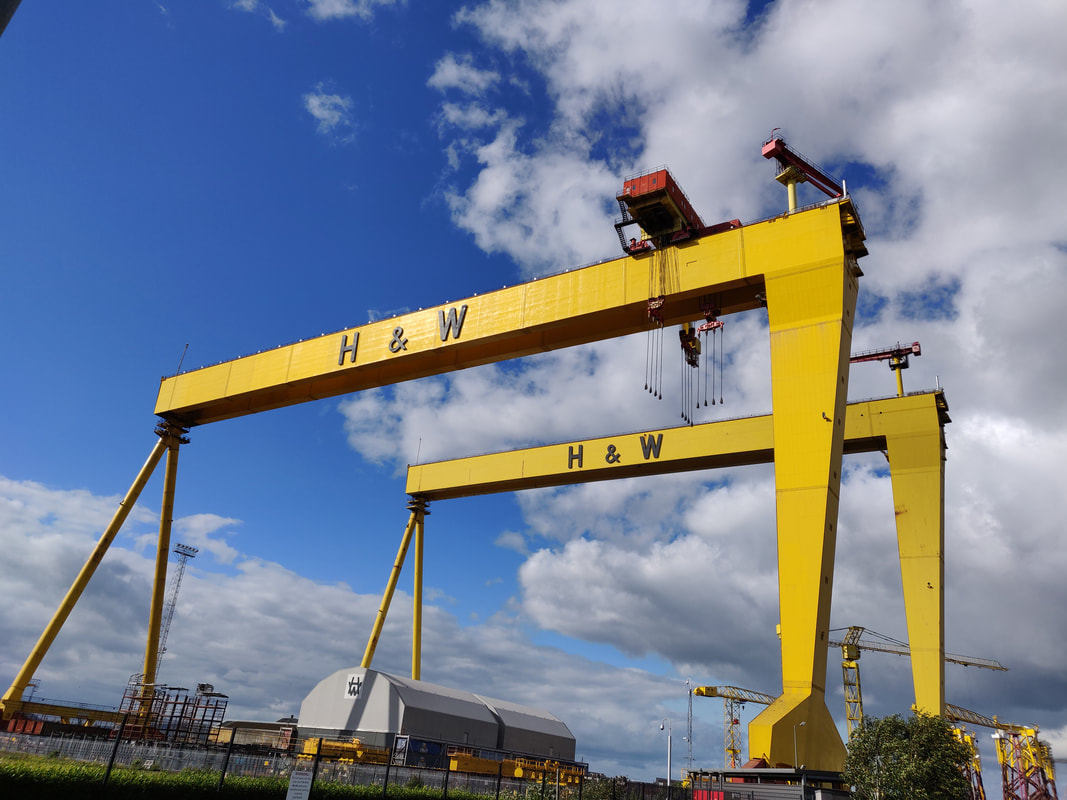
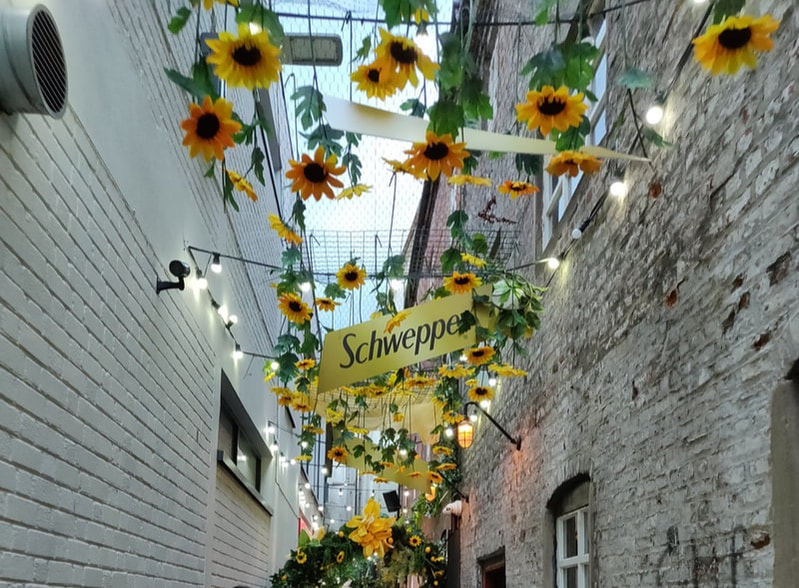
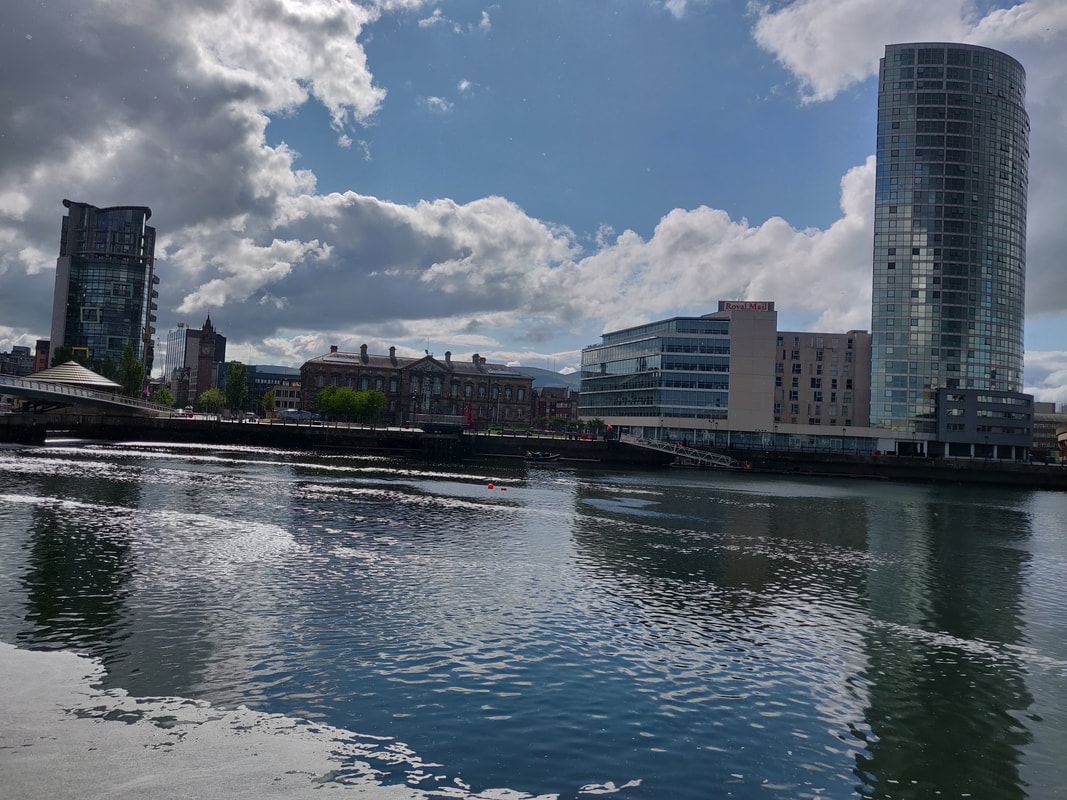
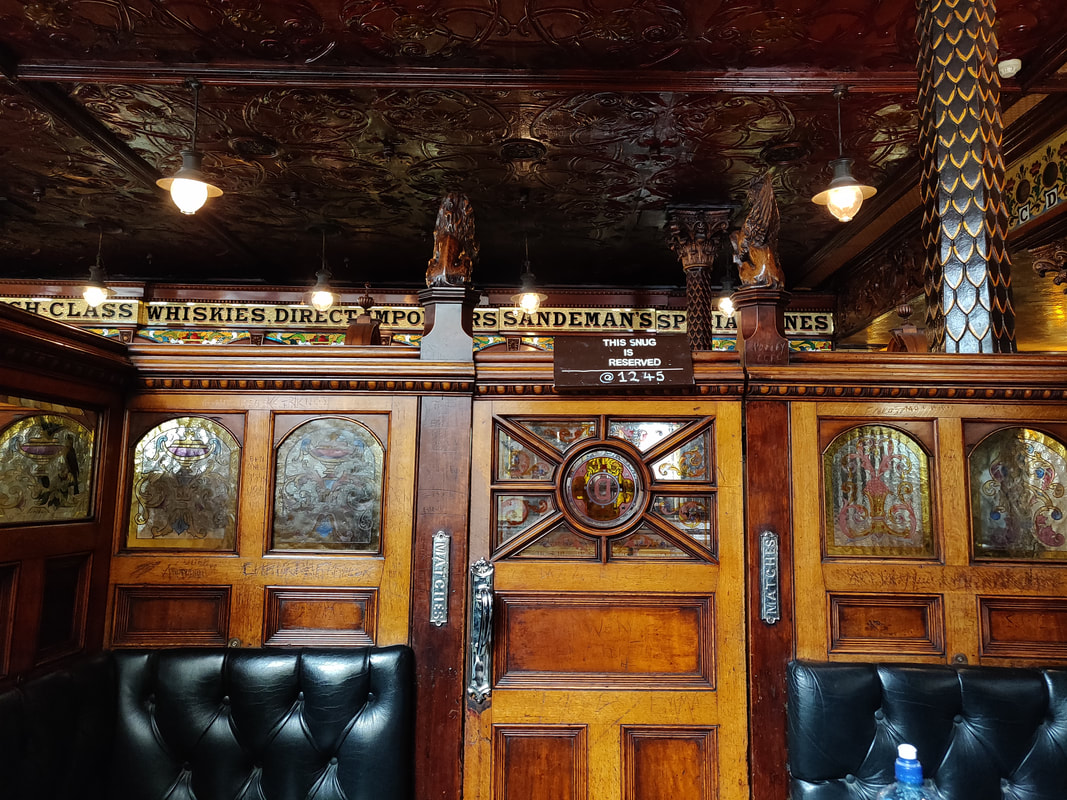
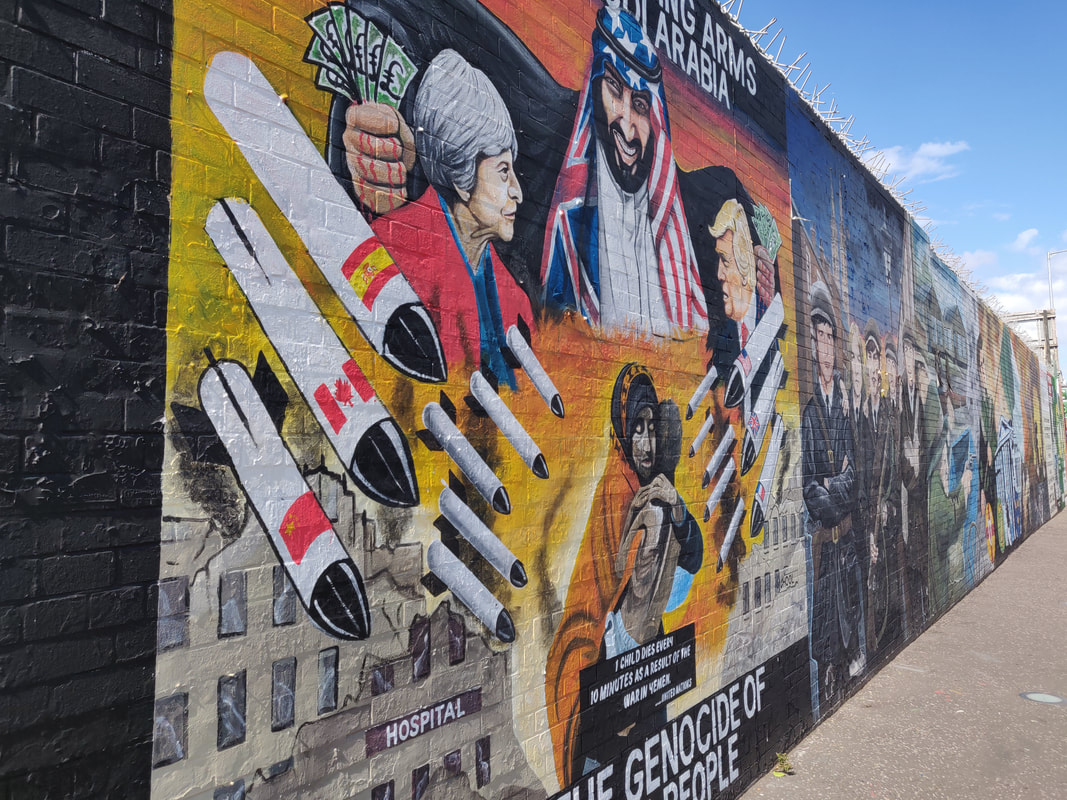
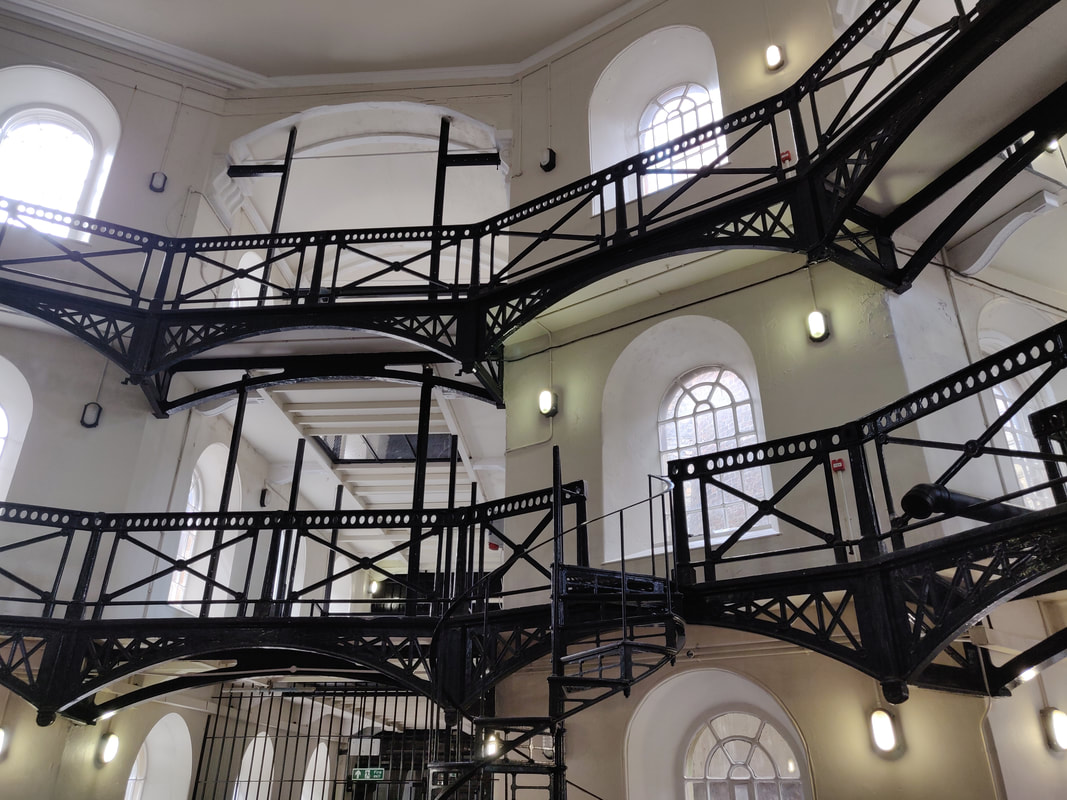
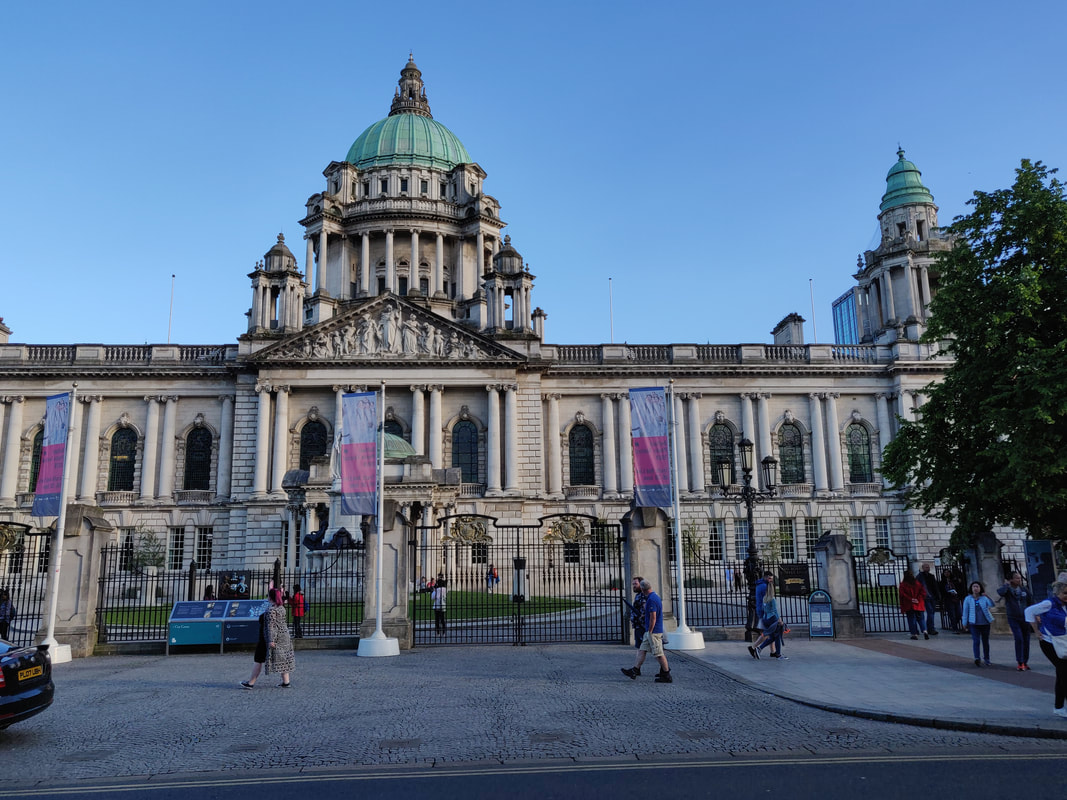

 RSS Feed
RSS Feed